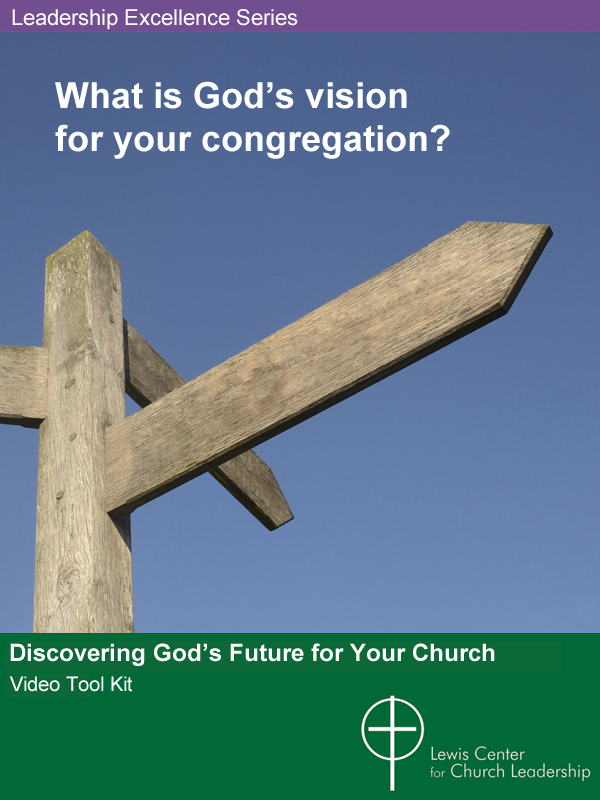If there are internal conflicts within your worshipping community, will others want to worship at your church? Pastor Andreá Cummings invites us to consider the importance of internal spiritual health that is required for there to be any hope of numerical or missional outreach vitality. She suggests three possibilities for church leaders to consider if internal issues hamper the church’s mission with others.
Vitality in many congregations revolves around the numbers at weekly worship, baptisms, and professions of faith. Others look to the outward focus of the congregation on such things as a food pantry, a homeless ministry, and similar initiatives as a marker of vitality. Rarely is there a focus on vitality that begins with the vitality within. By vitality within, I mean that your congregation is spiritually healthy, both individually and congregationally, and exhibits the spirit of reconciliation, forgiveness, and hospitality. Rarely is there an acknowledgment that congregations may not be inwardly or outwardly vital because there are internal issues that have led to a decline in membership and a lack of connection to the communities that surround our churches.
A Lack of Vitality Within
In my first appointment, fresh out of seminary, my church was part of a new merger with a large church. The church was on its last leg before facing the reality of closure. They wanted to grow and were eager to welcome those who attended their Thursday community meal. I asked the leadership team, “Why would people want to worship here?” I also asked, “What would you be willing to change in worship, so that people who do not look like you can see themselves as part of this worshipping community?” No one could answer these questions. As a new pastor and trained church planter, my focus was on creating a new worshipping community for newcomers. I, like many, erroneously rushed to fix a problem of “vitality” without recognizing that there are other issues that need to be addressed first. That church is no longer a worshipping community. Perhaps I should have asked another set of questions that could address the grief of merging and the conflict of having a new pastor who represented change for which they were not ready.
Perhaps your congregation has another set of issues different from mine. Nevertheless, if there are internal conflicts within your worshipping community, will others want to worship at your church? If you cannot communicate with one another because of a past conflict that happened years ago, how can you offer hospitality to new people?
3 Steps toward Healing
What are some practices that may help heal your congregation? I offer three for your consideration out of my reflection and experience. I believe you will discover that healing in a congregation is a prerequisite to creating an environment that is welcoming and ready to receive new people who are looking to know Jesus, including those who are different from the current members.
1. Emphasize reconciliation through worship and preaching.
Worship and preaching provide regular and appropriate ways to focus on the themes of reconciliation, forgiveness, and hospitality. Preachers following the Revised Common Lectionary in their preaching can find many opportunities to explore these themes through the Revised Common Lectionary Year C when preaching on these passages.
- Luke 7:36-50
- Colossians 3:12-17
- Luke 10:25-37
- 1 Corinthians 11:23-26 and John 13:1-17, 31b-35
- Luke 14: 1:1, 7-14
- 1 John 1:5-10
For those who prefer a preaching series, there are many appropriate options related to themes of reconciliation. Preaching and worship throughout the year can enable a reimagining of what a healthy congregation should embody to open possibilities for the Holy Spirit to work on all our hearts. The goal is to allow for transformation to occur for individuals and the congregation that can make next steps possible.
2. Consider sharing testimonies of healing.
Consider providing opportunities for the sharing of examples of where healing, reconciliation, and forgiveness are taking place. Short testimonies shared during worship can be powerful moments. You might consider using a podcast or short videos showcasing moments in your congregation where healing has occurred. Having members recall stories from the church’s past when they have had to work through significant conflict can help people put any current strains in relationships in a larger context. All these examples provide wonderful opportunities to remind the congregation that Christians find their unity in Christ alone.
3. Consider weekly Communion.
Weekly Communion allows congregations to begin with a time of prayer for confession and pardon, followed by a moment for passing the peace of Christ, something far more than casual greetings. The passing of the peace acknowledges unity, joy, forgiveness, love, and reconciliation with God and one another. Only then are people prepared to approach Christ’s table for the Lord’s Supper.
If your congregation does not have a tradition of weekly Communion, it is essential for the pastor to consult with others and explain the reason for the change. One might begin by implementing weekly Communion during seasons such as Advent, Lent, and Eastertide. Perhaps you use one of these seasons to have weekly Communion for a limited time to give people a chance to experience the practice. People usually are more willing to “try” something for a designated period of time.
Vitality is more than numbers and the ministries we create. Vitality also includes who we are as a congregation. Are we so transformed in our discipleship that we can effectively witness to reconciliation and love? If so, this spirit of reconciliation and healing will overflow to those who engage in our churches and communities. We then can genuinely model the gift of reconciliation we have received from Jesus Christ.
Related Resources
- Relationships Are Important to Vitality by Bonnie Ives Marden
- A New Way to View Vitality in Smaller Congregations by Lewis A. Parks
- 4 Key Characteristics of Missional Congregations by Doug Powe
If you would like to share this article in your newsletter or other publication, please review our reprint guidelines.







